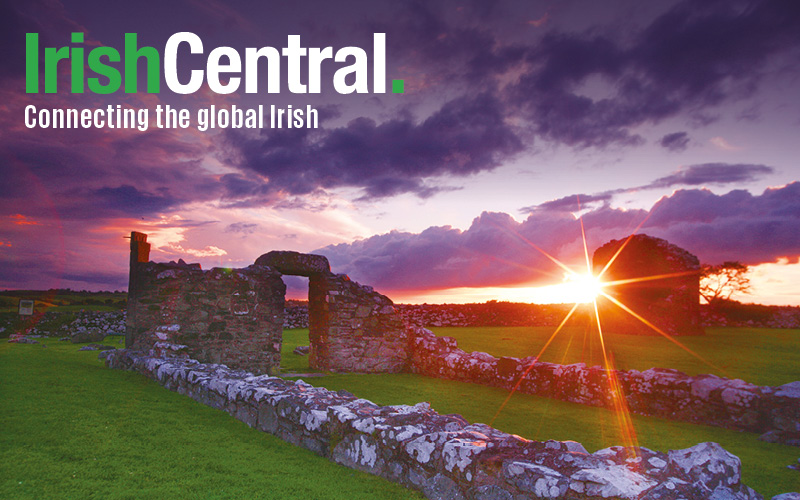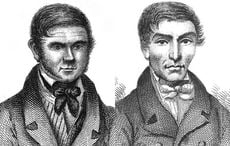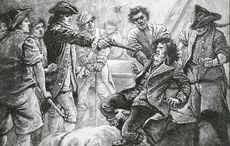Findmypast is working in partnership with IrishCentral to share fascinating insights into your Irish ancestors. Click here to get a special half price subscription, and discover your Irish roots today!
This book is the first by relative newcomer Joe Buggy. I say relative because I had the pleasure of meeting him and hearing first-hand the early fruits of his labours two years ago. It was a revelation to me then, and the end result, neatly packed into 165 pages, is a wonderful addition to the arsenal of those Americans trying to trace their Irish roots. Joe’s aim is both simple and ambitious and summed up eloquently in his opening paragraph:
“The aim of this book is to present a comprehensive overview for anyone wishing to trace their Irish ancestors within the five boroughs of New York City” and specifically to help find their place of origin in Ireland. For anyone who has ever tried to research their Irish ancestry this is the number one aim, and a challenge that has left many enthusiasts stumped. Americans are driven to despair by this seemingly impossible task.
Certainly Irish research has become much easier as a result of the digital revolution in access to Irish archives, especially those available through findmypast.com and other commercial and free websites. But it’s of little assistance to those who have no idea even what county their ancestor came from in Ireland.
Into this breach steps Joe, ready with concrete steps to deal with the problem in NYC. He starts by describing the vital records created by the city, state and federal government, including BMDs, census, naturalizations, wills, employment, crime, cemeteries and more. But that’s just the start, he describes a huge number of record collections, publications and web resources in detail, with helpful hints on how to use them, and what you’re likely to find. He gives a great chronological account of settlement patterns of the Irish in the city, and the way people from certain counties would congregate in specific districts and wards.
His methodology section is strong, emphasising the importance of researching an entire family within the context of their broader community and network. This is so important in unlocking intractable problems, and his advice is relevant to everywhere in the USA, not just NYC.
His treatment of the records of the Roman Catholic Church is very extensive, comprising a third of the book. He gives a comprehensive list of parishes, register start dates, websites and important notes. He is right to focus on these records, as they are not available online, or in most cases on microfilm. They are rich with critical information about the lives of the Catholic Irish community which made up a large majority of the Irish in New York City. Many registers recorded details of place of origin, or gave information about parents still resident in Ireland.
I have a few minor quibbles regarding this otherwise excellent guide. I would suggest that the next edition should include the records of the Episcopalian and other protestant churches. By 1841 nearly 40% of the Irish population were non-catholic. This section of the Irish population declined rapidly during the 19th century precisely due to emigration. Probably the greatest number of non-catholic Irish immigrated to the USA but they assimilated more quickly with mainstream America because of their religious affiliation and language. If this is true for the 19th Century, it cannot be over-emphasised for all Irish immigration to New York before 1800. This is another area where further work could be done, but where fewer records survive. These criticisms shouldn’t detract from the book which remains an essential guide for all those tracing the Irish in New York City.
So is this the final word on the subject? Of course not. Even Joe doesn’t claim that. There are dozens of small county associations, Irish centres and support groups, trade unions, radical and conservative political organisations some of which are mentioned, but with only sparse details given. Their records are at serious risk, if they haven’t been lost already. The sad truth is that “Irish-America” is disappearing, and with it the organisations that sustained the links, as well as their records. As a consequence Joe’s book is even more important in bringing attention to the importance of these records in the story of the Irish. mar
For more stories on tracing your Irish heritage from Findmypast click here.




Comments